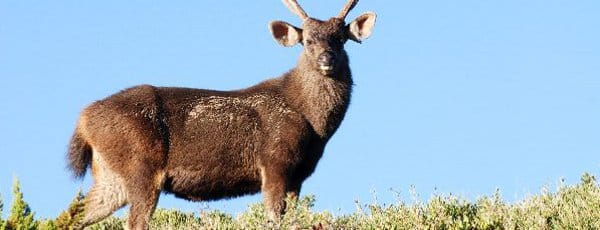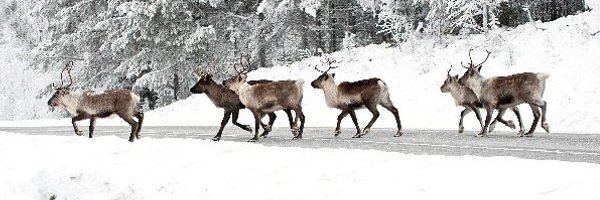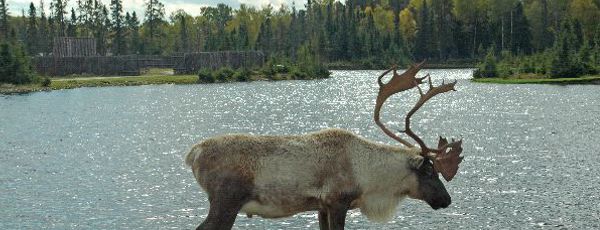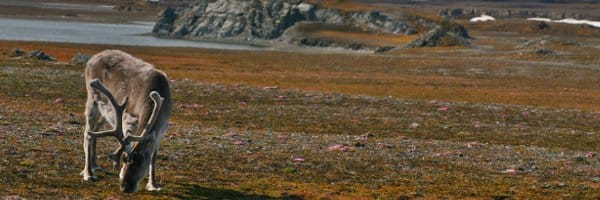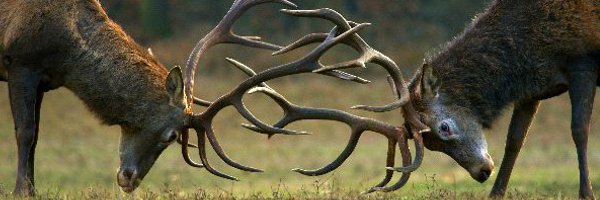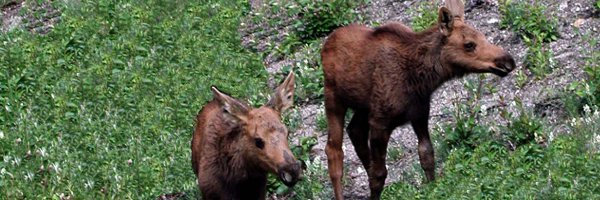Deer Natural Habitat
Deer are able to live in a wide spectrum of habitat out there. Some of them live on the plains, others in the tundra. It may surprise you to learn there are species of deer that also live in the mountains and in the tropical rainforests. Most deer tend to move back and forth between the open prairie and where they can be well hidden in the forests where they blend into the surroundings. Some even live in swampy areas where you wouldn’t expect to find them.
The home range area for deer can be up to 30 square miles in radius. A group of deer is referred to as a herd. The females will form a group that can have only a couple or several of them. Their offspring will be with them as well. The males are loners with the exception of when they are looking to mate. That is the only time you will see them in close proximity to these groups of females.
Even though the females do live in herds, they can be very spread out in an area. That is why you may see a doe alone or a doe with her fawn. Chances are other females are in the area. However, due to their ability to blend in so well to the surroundings it may be hard for you to easily recognize their presence.
The males have a much broader home territory that they roam but they do have to be careful of other males. When the females overlap they generally just go their own direction without incident. For the males though aggressive behaviors can occur when other males are in their territory. That is why it can be extremely difficult for the young males that are new to being on their own to find a place to call their own.
The males give off very strong scents in their natural habitat to let others know an area has been claimed by them. They will stomp in areas of the grass to release scent from their hooves. They will also rub them against trees to do the same thing. Deer also have scent glands on their heads. By rubbing them on trees around they will be able to release more of their scent that way as well.
All deer are very loyal to their given area of habitat. They aren’t going to relocated due to farmers being bothered by them. While they may temporarily run due to hunters in the area they will return back to those places. Even when they can’t find enough food for survival they aren’t going to move on from the places where they have established their territory.
Deer seem to do well in captivity as long as their basic needs are met. Some of them are kept in various zoos around the world. Others are farmed and grown to be used for hunting operations. They may allow hunters to come on those lands or sell the grown deer so that they can be turned loose and hunted in other areas.
The biggest problem for deer out there is that their natural habitat continues to be taken away. For many species the areas where they reside continue to conflict with where humans would like to take over. The balance for deer and humans continues to be one that is very tricky.
Careful observation has shown us that deer are able to adapt to many different types of habitat. Yet there is a limit to how fast and how often they can be expected to make changes. There are many areas that are now protected and these deer live there. In some areas they are extremely comfortable and they won’t run off when people get close to them either.


